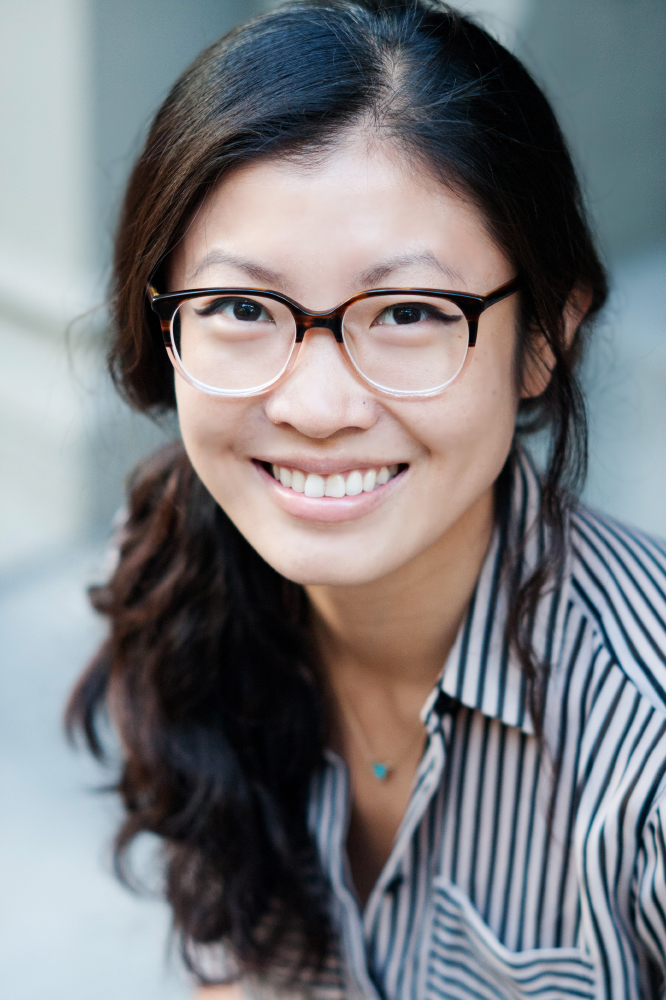At the top of the list is always Marie Curie. She discovered radium and polonium. She is the only woman thus far to be awarded two Nobel Prizes. Another on the list is Rosalind Franklin who collected the data to deduce the structure of DNA. Occasionally, Grace Hopper comes up, the computer scientist and admiral who invented programming languages. Yet I find that for most people the list stops there, the list of known female scientists.

Weike Wang by Saavedra Photography
Below are three more.
Ada Lovelace: She was the only legitimate daughter of Lord Bryon. (He had another daughter but illegitimate). Because her mother believed Bryon to be insane, she taught Lovelace math to cure her of the inherited trait. Lovelace took to math and worked with others on the concept of the first computer. This is during the mid-19th century, decades before the invention of the light bulb. Lovelace wrote the first computer program by hand. She envisioned a time when computers would do more than calculate. She didn’t know what exactly but she envisioned more. She would have taken to the iPhone.
Chien Shiung Wu: She is considered the first lady of physics. She worked on the Manhattan Project and separated uranium isotopes using gas diffusion. Yet in addition to her accolades (a Nobel prize), she is the quintessential strong woman. Born in 1912, she left China at the age of 24 and never saw her parents again. Travel abroad was politically difficult, as a result she also could not attend their funerals. In America, she was selective about where she went to school, choosing one over another that still did not let women walk through the front doors. At an MIT lecture, she once asked the audience: I wonder whether the tiny atoms and nuclei, or the mathematical symbols, or the DNA molecules have any preference for either masculine or feminine treatment (the answer is no). When Wu died, her ashes were buried at the school her father had founded (an all girls school), where she had gone as a girl.
Dorothy Crowfoot Hodgkin: She advanced the field of x-ray crystallography. Most notably she determined the structures of steroids, penicillin, vitamin B 12, and insulin. She was one of the first to see and confirm the double helix structure created by Watson Crick, based on the data by Franklin. A Noble Prize yes, but also a long and productive career, despite at 24 being diagnosed with rheumatoid arthritis, which crippled her over time. For simplicity sake, she is referred to as Dorothy Hodgkin but she never published without her maiden name Crowfoot, despite many requests to drop it. One of her most famous students is Margaret Thatcher, who before going into politics, graduated Oxford with a degree in chemistry for her crystal structure of gramicidin, a potent antibiotic.

Weike Wang earned her undergraduate degree in chemistry and her doctorate in public health at Harvard University. Her highly acclaimed debut novel Chemistry comes out on 31 May from Text Publishing.

